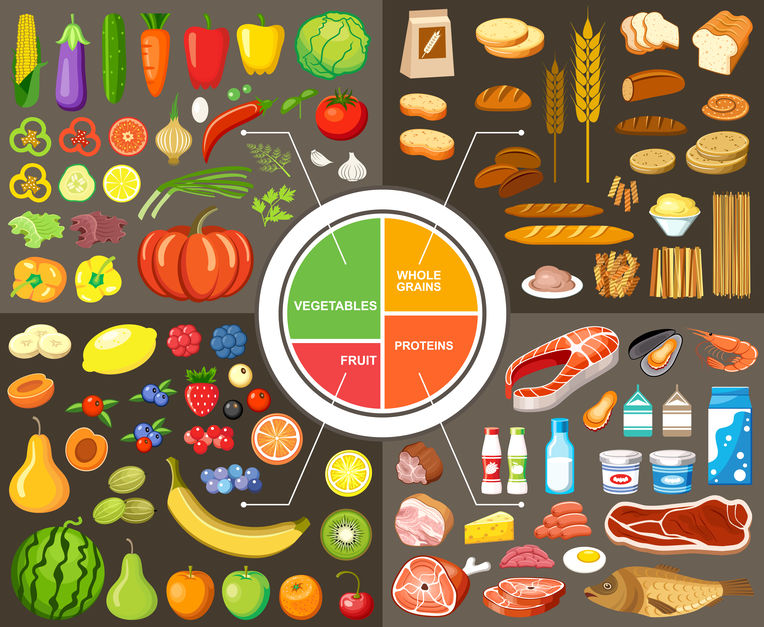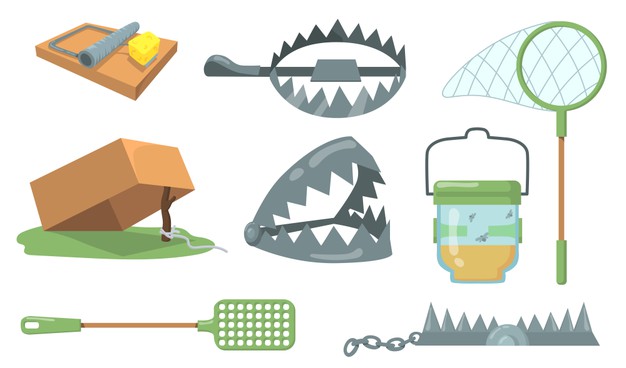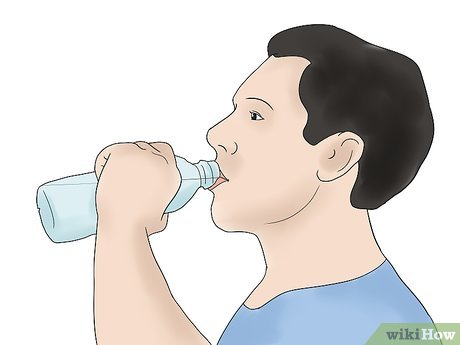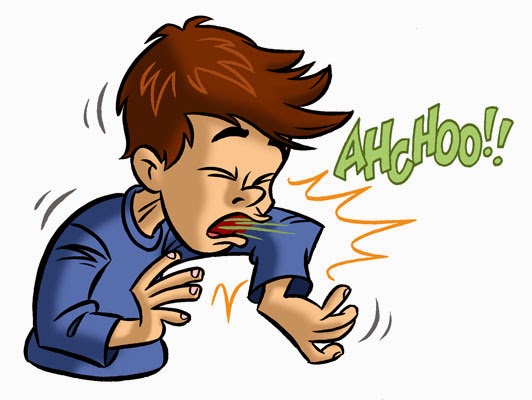ಸಹಕಾರ : ಕು. ರಂಜನಾ ಕೃಷ್ಣ ಭಂಡಾರಿ, (ಸಹಶಿಕ್ಷಕರು, GPT English), ಸ.ಹಿ.ಪ್ರಾ.ಶಾಲೆ, ಹುಲ್ಕುತ್ರಿ.


New Words :
Health – to stay fit both mentally and physically (ಆರೋಗ್ಯ)
leaping – jump
Imagine – visualize (ಕಲ್ಪಿಸಿಕೊಳ್ಳು)
uttering – pronounce, speak (ಉಚ್ಛಾರ)















Grammar :
The Noun : Number
Number : A word which indicates whether a noun is singular or plural is known as number.
Kinds of Numbers : A noun has two numbers :
1) The singular number : A noun which denotes one person or thing is known as singular number.
Example – tree, box, cow, book.
2) The plural number : A noun which denotes more than one person or thing is known as plural number.
Example – trees, boxes, cows, books.
How to form plurals ?
1) Adding ‘s’ to the singular.
Kite – Kites
Day – Days
State – States
Balloon – Balloons
2) Adding ‘es’ to the word ending with ch, s, ss, sh, x, o.
Batch – Batches
Bus – Buses
Class – Classes
Brush – Brushes
Fox – Foxes
Mango – Mangoes
3) Adding ‘ies’ to the nouns ending with ‘y’ and which have a consonant form.
Copy – Copies
Baby – Babies
City – Cities
Family – Families,
But ‘s’ is add to the singular, if the ‘y’ comes after a vowel.
Joy – Joys
Monkey – Monkeys
Key – Keys
Toy – Toys
4) Adding ‘ves’ to the nouns ending with ‘f’ or ‘fe’
Calf – Calves
Knife – Knives
Shelf – Shelves
Wolf – Wolves
5) Some nouns form their plural by vowel Change.
Man – Men
Woman – Women
Foot – Feet
Tooth – Teeth
Ox – Oxen
Mouse – Mice
Child – Children
6) Some nouns have the same form for singular and plural.
Deer – Deer
Sheep – Sheep
Opposite Words :
day X night
more X less
advantage X disadvantage
long X short
sad X happy
save X waste
light X dark
